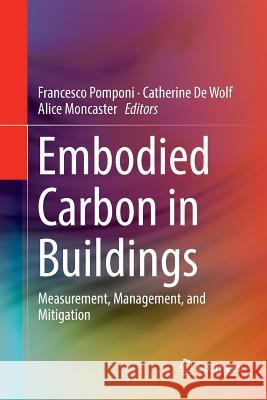Embodied Carbon in Buildings: Measurement, Management, and Mitigation » książka
topmenu
Embodied Carbon in Buildings: Measurement, Management, and Mitigation
ISBN-13: 9783319892092 / Angielski / Miękka / 2019 / 512 str.
Embodied Carbon in Buildings: Measurement, Management, and Mitigation
ISBN-13: 9783319892092 / Angielski / Miękka / 2019 / 512 str.
cena 685,93
(netto: 653,27 VAT: 5%)
Najniższa cena z 30 dni: 597,58
(netto: 653,27 VAT: 5%)
Najniższa cena z 30 dni: 597,58
Termin realizacji zamówienia:
ok. 22 dni roboczych
Bez gwarancji dostawy przed świętami
ok. 22 dni roboczych
Bez gwarancji dostawy przed świętami
Darmowa dostawa!
Kategorie:
Kategorie BISAC:
Wydawca:
Springer
Język:
Angielski
ISBN-13:
9783319892092
Rok wydania:
2019
Wydanie:
Softcover Repri
Ilość stron:
512
Waga:
0.74 kg
Wymiary:
23.39 x 15.6 x 2.74
Oprawa:
Miękka
Wolumenów:
01
Dodatkowe informacje:
Wydanie ilustrowane











